Reviews
The Hands of Orlac
Karl Freund
USA, 1935
Credits
Review by Victoria Large
Posted on 27 October 2012
Source MGM/UA VHS
Categories 31 Days of Horror IX
Director Karl Freund’s intoxicatingly strange Mad Love was a critical bust and box office disaster in its own time, and in more recent years it suffered from being a bit difficult to track down on video, at least before a somewhat belated DVD release in 2006. Yet while it is sometimes overlooked, the film - actually a remake of the 1924 Robert Wiene silent The Hands of Orlac - is catnip to the classic horror fan, with a cracking cast led by Peter Lorre as a brilliant-but-mad doctor, and a striking visual style that harks back to the German Expressionist roots of erstwhile Metropolis cinematographer Freund. Moving at a quick pace and balancing a genuinely unsettling premise with a welcome sense of fun, Mad Love remains one of the best horror pictures that too many people still haven’t seen.
The plot concerns Lorre as Dr. Gogol, the famed surgeon who rents the same box at Les Theatre des Horreurs, a Grand Guignol-style company, every night, fixating on a pretty young actress named Yvonne Orlac. The trouble begins when Gogol discovers that Yvonne is leaving the theater in order to be with her husband Stephen, a gifted concert pianist. Despondent, Gogol tries to take comfort in owning a waxwork of Yvonne and fantasizing that she will one day come to life, like Pygmalion’s Galatea. Matters rapidly escalate after Stephen’s hands are mutilated in a train accident and Yvonne pleads with Gogol to find a way to save them. Desperate to be a hero to the woman who obsesses him, Gogol replaces Stephen’s ruined hands with those of Rollo, a recently executed murderer. Perhaps not surprisingly, the murderer’s hands don’t function the way Stephen wishes that they would—they aren’t much on piano, but they like throwing knives.
Mad Love is quick to clue us into how it’s going to handle this grotesque material: though the film is not without its moments of pathos, it also provides evidence of how quickly the horror genre developed a sense of humor about itself. At the very top of the film, we meet a couple that is arguing about their plans for the evening: he wants to go to Les Theatre des Horreurs, she has little interest in entertainments “where they make you scream and faint.” If this aside didn’t clue us into Mad Love’s subtle cheek, the blithely macabre touches that characterize the theater troupe surely would. There’s a headless coat check girl, a demon attending to patrons at the box office, a door that opens and closes with the help of an oversized bone, and a cake at Yvonne’s big send-off party that is not only decorated with a border of skeletons, but topped with what looks to me like a tiny plastic bride beneath a guillotine manned by her groom.
These visual flourishes are a hoot, and the idiosyncrasies only mount: consider the cockatoo that perches on the shoulder of Gogol’s housekeeper, casting huge expressionist shadows on the walls, or the gleefully bizarre decision to sit Gogol behind an organ, so he can play music for his wax Galatea. Freund, who went back to being cinematographer after Mad Love, does put a distinctive stamp on this picture, including some winning montages full of overlapping images that are indeed reminiscent of Metropolis. I also quite like the sequences that find Gogol’s mirror reflection taking on a life of its own and whispering an unhinged Gogol some terrible advice.
Nevertheless, the film’s cast is perhaps its greatest asset, and remains its strongest drawing card. Lorre, appearing in his first American film here, is fantastically creepy throughout, nailing small moments - like when Gogol rapturously closes his eyes while Yvonne screams onstage - and big ones, such as the mad doctor’s exclamation of, “Galatea! Give me your lips!” He plays his most frightening scene - an almost-hallucinatory affair where Gogol impersonates the beheaded murderer Rollo while wearing a severe neck brace that disguises and distorts his appearance - with absolute relish. Yet while Lorre certainly doesn’t shy away from Gogol’s madness and perversity, he also manages to render him at least pitiable if not sympathetic - a feat that should come as little surprise to those familiar with the actor’s legendary turn as a child murderer in Fritz Lang’s M.
Of course, Lorre isn’t the only actor who is in some ways riffing on a previous role here. As author Gregory William Mank notes in his book Hollywood Cauldron, Colin Clive’s casting as Stephen is one of the many winks and ironies present in the film. Well-known for his performance as the eponymous scientist in James Whale’s Frankenstein, Clive is not the creator but the monstrous creation in Mad Love. Once Gogol is through with him, he is scarred and partially composed of dead parts. As Mank puts it: “Clive now appears to have the same scarred, stitched-on hands that Karloff’s monster raised to the skylight.” But Clive does more than provide a Hollywood in-joke in his role as the tortured concert pianist, bringing just the right edge of hysteria to some of Stephen’s key scenes, including a desperate confrontation with Gogol after the fateful surgery. A capable and appealing leading man, Clive often excelled at uneasiness: he could convey it in his performances and instill it in his audiences.
Critics frequently note that Clive was himself a troubled soul who struggled with alcoholism and ill health for much of his career: he died of complications from tuberculosis just two years after the release of Mad Love, and his Frankenstein co-star Mae Clarke once famously and rather hauntingly described him as “the handsomest man I ever saw—and also the saddest.” Yet while the circumstances of Clive’s life may bring an added poignancy to his work in this film and elsewhere, it’s also worth emphasizing that whatever Clive’s demons, they were perhaps less impressive than his ability to harness and make use of them onscreen. Hailing from an era of sometimes-interchangeable stars, he has a screen persona that feels both risky and rare, and Mad Love ranks higher in my affections for being a highlight of Clive’s brief career.
Elsewhere, Frances Drake - who stands in for the “Galatea” waxwork for the close-ups, probably the only way that certain plot points were going to be convincing - is engaging as poor Yvonne, who has the unenviable position of trying to fend off the unwanted affections of Gogol even as she tries to support her husband in the rocky and potentially deadly aftermath of his highly unusual surgery. It’s true that the script occasionally calls on Drake to sob or faint, but under the circumstances, who can blame her? And besides, Drake gives a performance that’s notably assured: her Yvonne is a conflicted but strong woman, and easily the sanest of our main characters.
Also of note is Keye Luke, the Chinese American actor who later gained fame as “Son Number One” in Fox’s Charlie Chan movies, playing a skilled and reasonable surgeon at Gogol’s clinic in this film. Though I will concede that there is an intrinsic air of xenophobia in the characterization of Gogol (a supporting character even wrinkles up her nose at his “nasty foreign-sounding name”), Luke’s Dr. Wong is a refreshing presence in a film from this period, simply because his ethnicity is as much of a nonissue in this nearly-eighty-year-old film as it would be today. It’s a small detail, but it’s nice.
Yet as much as I adore Mad Love’s excellent cast and twisted storyline, I must admit that it does end abruptly, leaving a lingering question or two about the nature of Stephen’s murderous transplanted hands. This element of the film could be read as subversive - refusing us the closure that we expect - but to me the dangling threads feel more like an oversight than a careful choice. Still, this is a minor complaint. Mad Love is such an enjoyable ride that it’s hard to imagine viewers who are game for this sort of entertainment feeling unsatisfied with it. It’s an endearingly odd work that’s tough to forget and quite easy to love.
More 31 Days of Horror IX
-
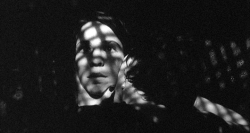
The Addiction
1995 -

Psycho III
1986 -
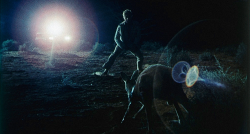
Wake in Fright
1971 -
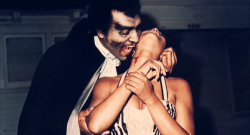
Blacula
1972 -
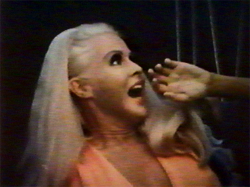
Big Foot
1970 -

Trollhunter
2010 -
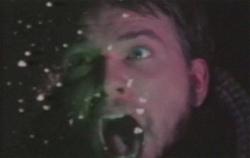
Invasion from Inner Earth
1974 -
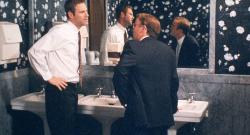
In the Company of Men
1997 -
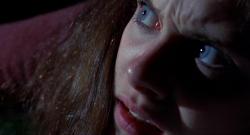
Happy Birthday to Me
1981 -
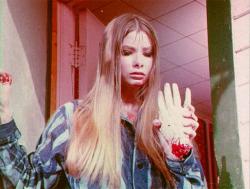
I Drink Your Blood
1970 -
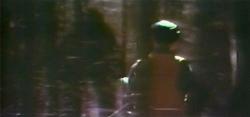
The Legend of Boggy Creek
1972 -

Maximum Overdrive
1986 -
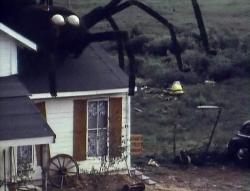
The Giant Spider Invasion
1975 -
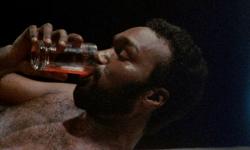
Ganja & Hess
1973 -
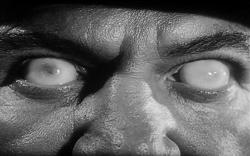
Not of This Earth
1957 -

Let’s Scare Jessica to Death
1971 -
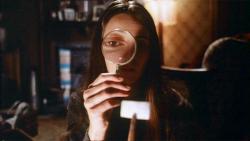
Next of Kin
1982 -
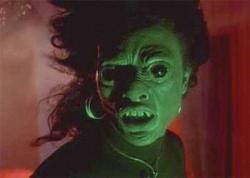
Def by Temptation
1990 -
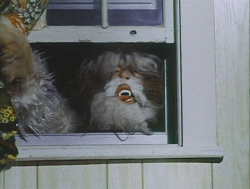
Shriek of the Mutilated
1974 -
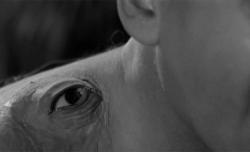
The Manster
1959 -
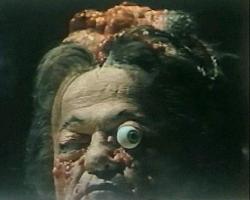
The Alpha Incident
1978 -
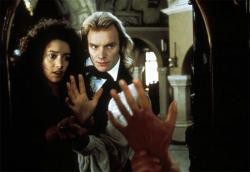
The Bride
1985 -
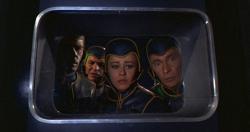
Planet of the Vampires
1965 -
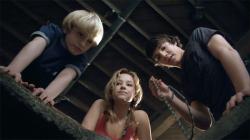
The Hole
2009 -
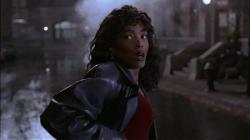
Vampire in Brooklyn
1995 -
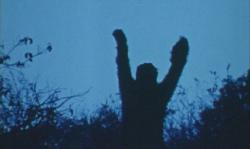
Sasquatch: the Legend of Bigfoot
1977 -
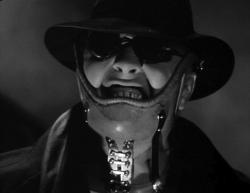
Mad Love
1935 -
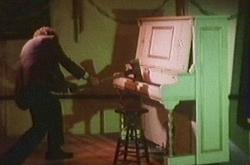
The Demons of Ludlow
1983 -

Habit
1997 -

Elephant
1989 -
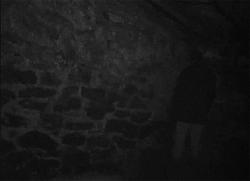
The Blair Witch Project
1999
We don’t do comments anymore, but you may contact us here or find us on Twitter or Facebook.



